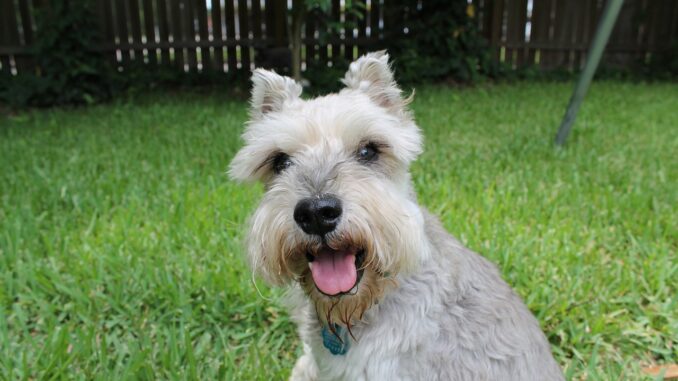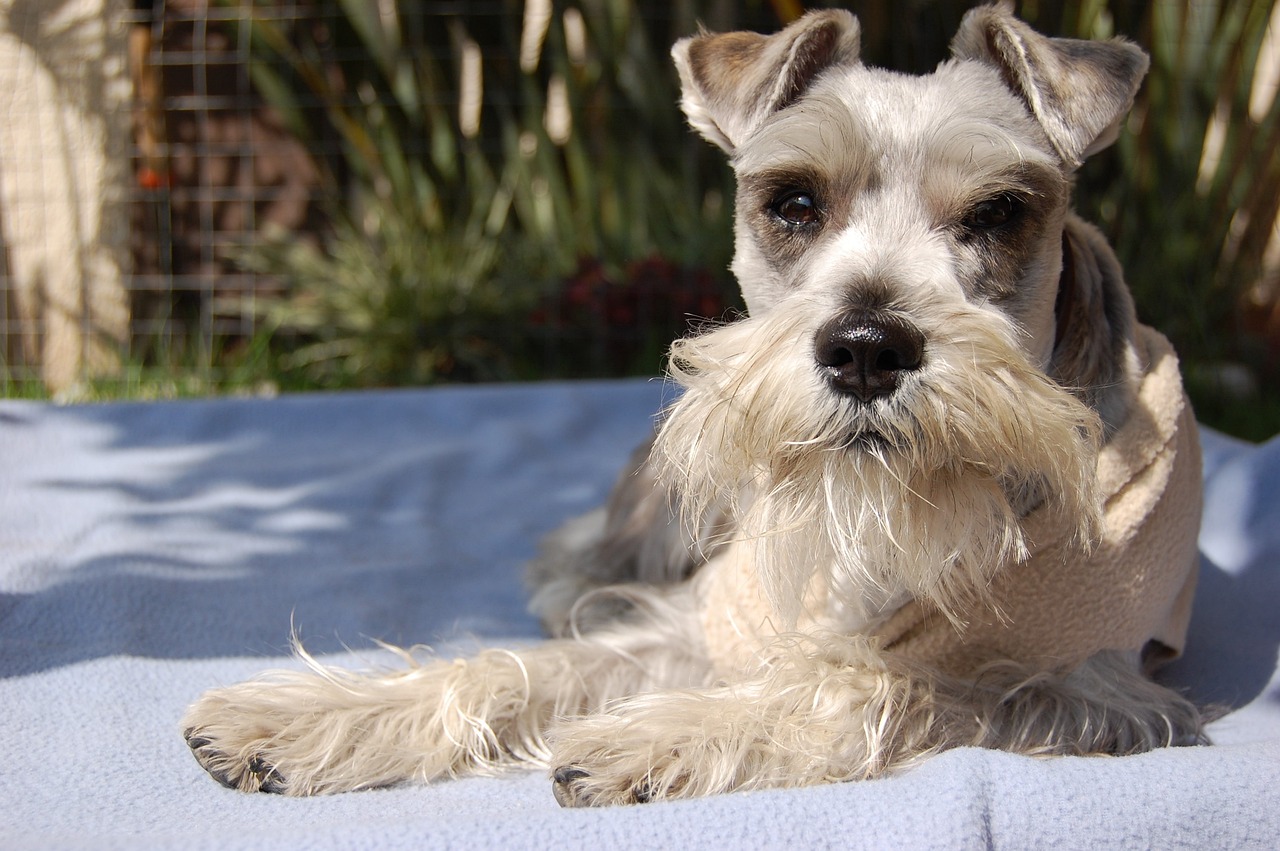
[ad_1]
1. What is the best age to spay my Schnauzer?
The recommended age to spay a Schnauzer is typically before their first heat cycle, around six months. This timing helps to minimize the risk of mammary cancer and other reproductive health issues. However, it’s essential to discuss this with your vet, as individual health and breed considerations might lead to a different recommendation.
2. Are there long-term health benefits to spaying my Schnauzer?
Yes, spaying your Schnauzer offers several long-term health benefits. It reduces the risk of mammary cancer, eliminates the risk of ovarian and uterine cancers, and prevents life-threatening uterine infections like pyometra. Spaying also helps in controlling the dog population by preventing unwanted pregnancies.
3. What are the potential risks or complications of spaying a Schnauzer?
Potential risks of spaying include standard surgical complications such as infection, bleeding, or adverse reactions to anesthesia. Early spaying may be linked to a slight increase in the risk of urinary incontinence and can impact the development of bones and joints, although these risks are generally low in smaller breeds like Schnauzers.
4. Will spaying change my Schnauzer’s behavior?
Spaying can lead to some changes in behavior, primarily by reducing behaviors associated with the heat cycle, such as mood swings or territoriality. However, it is unlikely to change your Schnauzer’s overall personality and often leads to a more stable and predictable temperament.
5. What is the recovery process like after spaying a Schnauzer?
The recovery period after spaying a Schnauzer usually lasts about 10 to 14 days. During this time, it’s essential to keep your dog calm and restrict their physical activities to ensure proper healing. Your veterinarian will provide specific instructions for post-operative care.
6. Are there any alternatives to traditional spaying for Schnauzers?
Alternatives to traditional spaying include ovary-sparing spay, which leaves the ovaries intact but removes the uterus, and laparoscopic spaying, a less invasive surgical method. These alternatives might be suitable for some dogs but should be discussed with your veterinarian.
7. How will spaying affect my Schnauzer’s weight and metabolism?
Spaying can lead to a decrease in metabolic rate, which might result in weight gain. As maintaining a healthy weight is essential for Schnauzers, it’s crucial to manage their diet and exercise routine closely after spaying.
8. Can spaying prevent future health issues in Schnauzers?
Yes, spaying can prevent various health issues in Schnauzers, especially mammary tumors, pyometra, and other reproductive system cancers. By eliminating the risk of these conditions, spaying contributes to a longer, healthier life for your dog.
9. How much does it typically cost to spay a Schnauzer?
The cost of spaying a Schnauzer varies depending on your location, the veterinary clinic, and the specific needs of your dog. Generally, the price can range from $200 to $500. It’s advisable to consult with several local veterinarians for an accurate estimate.
10. What should I expect during my Schnauzer’s spaying surgery?
During the spaying surgery, your Schnauzer will be under general anesthesia. The procedure involves removing the ovaries and usually the uterus through a small incision in the abdomen. The surgery typically takes about an hour, followed by a recovery period at the clinic before your dog can go home.
[ad_2]
Source link


Leave a Reply